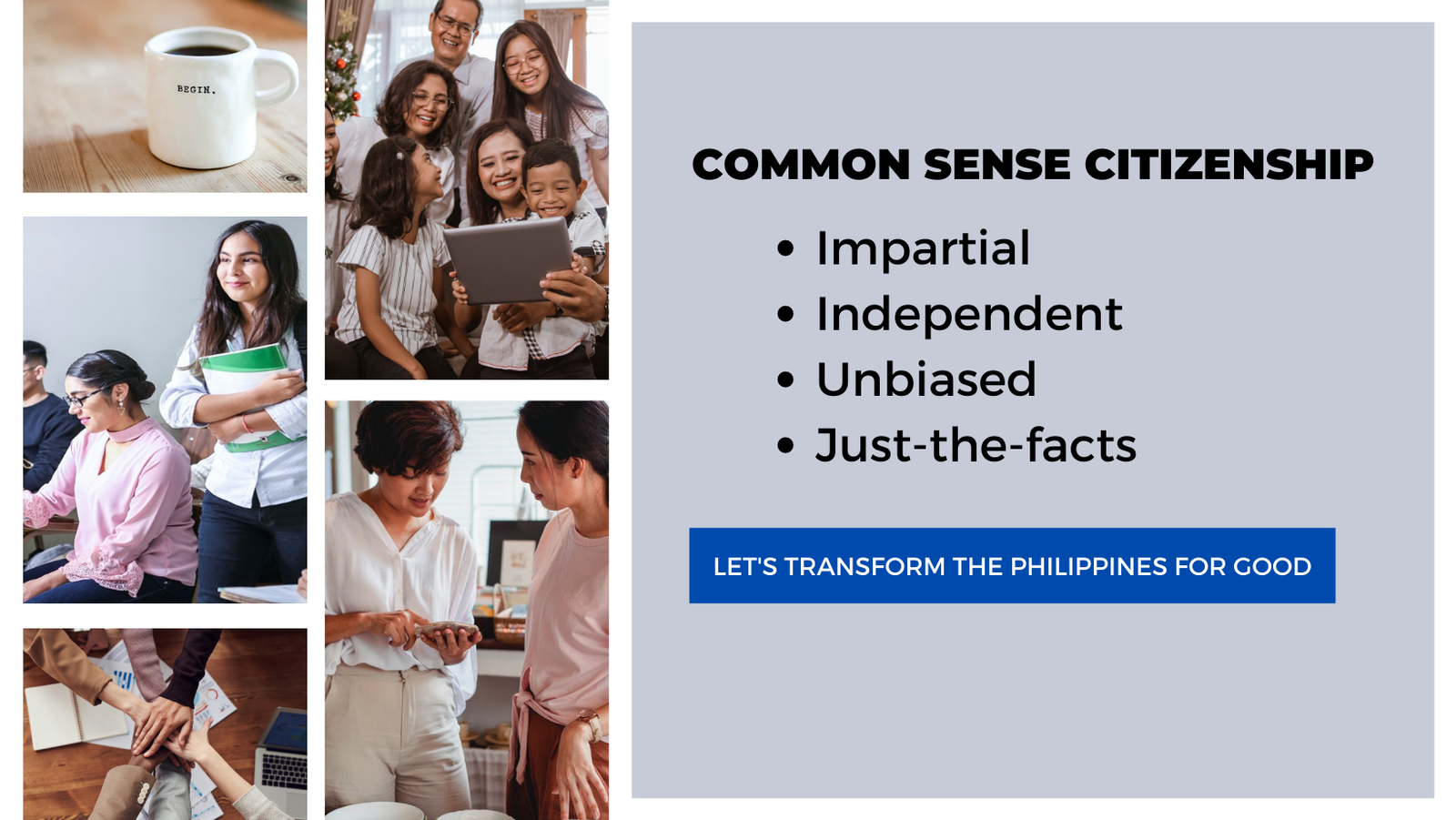Health and Wellness
Never in history that health and wellness been put at the centre of policy conversation and debate in our communities.
SELFMatters recognises that financial distress morphs into a mental crisis. In fact, studies have shown a cyclical link between money problems and mental health.
For this reason, we developed the Workplace Financial Wellness Programme which is a contextualised and flexible programme designed with empathy [according to the needs of the participants] for organisations across sectors and sizes.
The Workplace Financial Wellness Programme builds on the health and wellness foundation most organisations have created during the lockdown and is a response to the global campaign of WHO to make mental health and well-being for all a priority.
It's time to act together one step at a time.

Photo credit Redd Unsplash
Here’s how you can take a scalable, micro-step and organic approach to your implementation of the Workplace Financial Wellness Programme.

Photo credit Brett Jordan Unsplash
1) When is the right time to offer Workplace Financial Wellness?
Today is the right time to introduce the Workplace Financial Wellness Programme.
As we emerge from the pandemic and people are going back to adjust to new work options such as working from home, on-site or hybrid, this is the best time to reshape culture, redesign your employee care and engagement and translate this vision into action.
The onboarding is a pivotal opportunity to fully introduce the culture of the organisation and highlight your commitment to health and well-being and the best time to discuss the Workplace Financial Wellness Programme.
Some examples that you may ask your employees are.
a. Where do they see themselves in 5 or 10 years or after 10 years?
b. Where are they now in their journey?
c. How will their work help in achieving their goals?
d. What do they do each day to achieve their goals?
e. What struggles do they experience and how do they deal with them?
f. What support do they need to achieve those goals?
g. How does success look like?
How do you ensure that your employees have bought into your Workplace Financial Wellness Programme?
It depends on your HR strategy and the qualitative and quantitative metrics you will use to define outcomes and impacts.
Do you see happier, healthier, more creative and more productive employees?
Based on McKinsey research, when employers respond appropriately and at the right time to protect their employees’ health and safety and mental well-being, it builds trust. The research further says that it increases engagement and well-being by 4x and 6x, respectively.
Studies have shown that people are more open to change in a period of disruption.
These findings inform you how important the timing is and the kind of response you provide matters.
You may consider the following examples in your implementation:
a. Get feedback on how might the Workplace Financial Wellness Programme be effective.
b. Provide them with a Suite of Financial Wellness Topics for the quarter or the year and get them to sign up for your monthly event.
c. Challenge your employees to set specific financial goals and ask them to translate their financial plans into micro-actions and set a date to get started.
d. Usually, organisations come together in the fourth quarter to do corporate or budget planning. You can do the same as a team in your department to do a Personal Annual Planning and Strategy.
e. Discuss the Workplace Financial Wellness Programme in the induction programme. Provide your new employee with the Staff Handbook that contains your Health and Wellness programme and how the Workplace Financial Wellness Training fit into that.
f. Make an anonymous survey to assess your employees' financial needs.
You may segment your employees like you would your customers and tailor the financial wellness programmes to support them in personalized ways and prioritize the training that will address a broad set of learning needs for the majority of your employees.
g. Be open to asking for suggestions.

Photo credit Jason Goodman Unsplash
2. Make your Workplace Financial Wellness Programme available, visible and accessible.
You can embed the Workplace Financial Wellness Programme in your regular communication and bring it to your team events and allow organic conversations to develop.

Photo credit Steven Lelham of Unsplash
3. Own the Workplace Financial Wellness Programme.
Create Advocates and a Team who are passionate about financial wellness. They can see the Workplace Financial Wellness Programme as an opportunity to advocate for themselves and others.
Share what anyone in your department is doing and inspire others to follow your lead.
For example, you may create an overarching goal that all employees of your organisation have an emergency fund or zero debt at a certain date.
Celebrate and create role models and share stories of challenges, struggles and victories.

Photo credit Brett Jordan Unsplash
4. Make the Workplace Financial Wellness Programme Personal.
Instead of seeing the Workplace Financial Wellness Programme as just another training programme, your company can personalise it by designing your work environment that supports your employee’s goals and aspirations.
Some micro-steps-and-big-results examples can be any of the following:
If your organisation has cash incentives, you can deposit directly to say a starter emergency fund or to kickstart a house down payment or whatever goals.
Also, having available forms to set up an ADA [automatic debit arrangement] to kick off a goal can be impactful.
Based on a survey, employees missed the opportunities of saving and investing or setting up an ADA for a specific goal because they are so caught up with workload and family situations and would less likely to think of the future and make long-term decisions.
Science also demonstrates that if you create an environment that makes it easier for people to sign up for say financial wellness training or set up an ADA for an emergency fund without exerting too much willpower or unnecessary negotiation with themselves, people are more likely to do it consistently and succeed.
At a time like this, when employees need guidance on how to navigate the post-pandemic challenges, you can lead in this decisive moment by providing a well-designed environment to influence behaviour to the desired outcome.
This is an opportunity for everyone to act on their goals, thrive and look back with gratitude.

Photo credit Vardan Papikyan Unsplash
5. Partnership in Challenging Times
Health and wellness are a multi-dimensional agenda.
The pandemic and the current economic crisis are also health and well-being crises and can be cyclical.
SELFMatters would like to participate and contribute to the solution to the growing mental health challenge.
As we brace for greater complexity, let us work together to commit to prioritising health and wellness and providing practical and accessible programmes to everyone in your organisation.
Everyone has a right to feel well and deserves to feel well.
A meaningful Call to Action as we close 2022 is to introduce the Workplace Financial Wellness Programme.
This is the time to work and move forward together with a plan of action.
Contact us.

Photo credit Jason Goodman Unsplash
6. The Power of the Workplace
We can leverage the power of the workplace for large-scale social and human transformation to spring about.
Financial wellness is likely to succeed at a place where money is earned.
Salaries are the object of decision for different needs.
Behavioural change can take place in the workplace with the right incentives.
We can see employees as whole people and not just a contributor to the companies’ productivity.
They spend most of their lives navigating the different life stages at the workplace e.g. starting a family, planning child care, dealing with major life changes and retiring.

Photo credit Jason Goodman Unsplash
7. Intersectionality of Financial Wellness
Money intersects with mental health and well-being and gender equality, climate change, diversity and inclusion.
The Workplace Financial Wellness Programme tackles a broad range of important global agenda that has local context and personal impact.
Research showed that women have a lower appetite for risk-taking and leave most of the investing to their spouses.
In the Philippines, there are 15 million single parents, and 14 million are women. Separation more often leads to temporary or long-term poverty.
Based on studies, women are paid less, have low savings and investments and lack financial security.
Women are busy in unpaid, informal and caring work, and tend to drop out of the workforce.
For women, financial independence isn't just money; it’s wealth - life, health, family, passion and community.
As women live longer, it means women need to save more and plan for the long-term, learn more, take risks, gain confidence, make money work harder, and use their human agency to be in charge of their money and their life.
The impact of the high inflationary environment and climate change nudge us to redefine what money, possession, saving, investing, accumulation, consumption, legacy and financial freedom mean.
It is calling us to check in with ourselves and reflect on the payoffs of rightsizing or another alternative low-impact lifestyle.

Photo credit Markus Winkler Unsplash
8. Nurture the Silver Linings of the Pandemic and the Economic Crisis
A crisis in Greek is krisis, meaning, a turning point, decisive moment, critical moment, a decision, a choice, judgement, a point after which you either recover or not.
It is clear that today is the time to make a choice and decide to make health and wellness a priority and make Workplace Financial Wellness one of the important components.
The Workplace Financial Wellness Programme is a timely, relevant once-in-a generation-opportunity to shape the workplace culture to be kinder, more compassionate, healthier and equitable place for everyone that we would not be able to provide otherwise if it were not for the crisis.
Today is the time to introduce the Workplace Financial Wellness Programme in your organisation.
Here is your Call to Action.
We would like to help you with the next steps.
















































